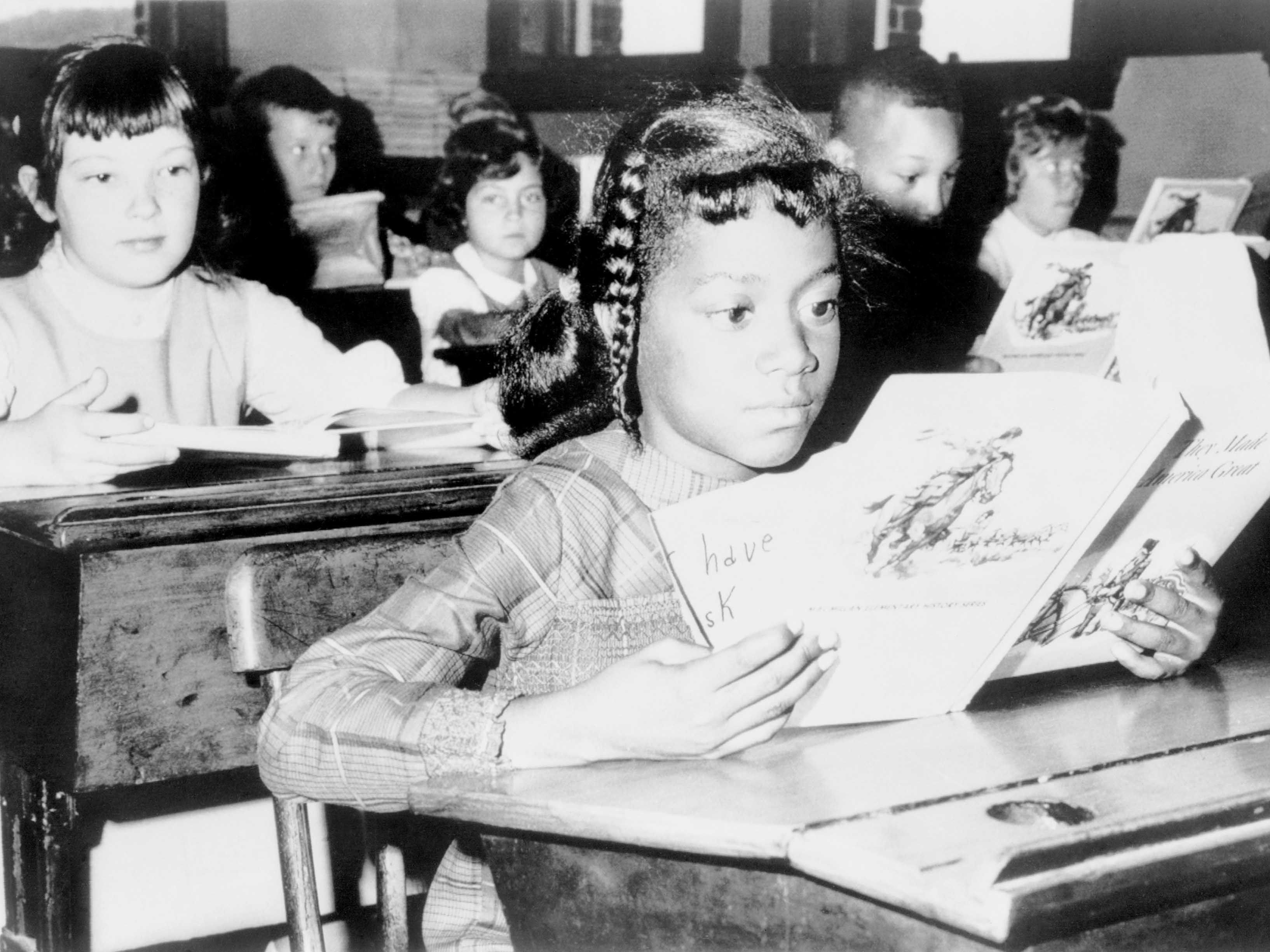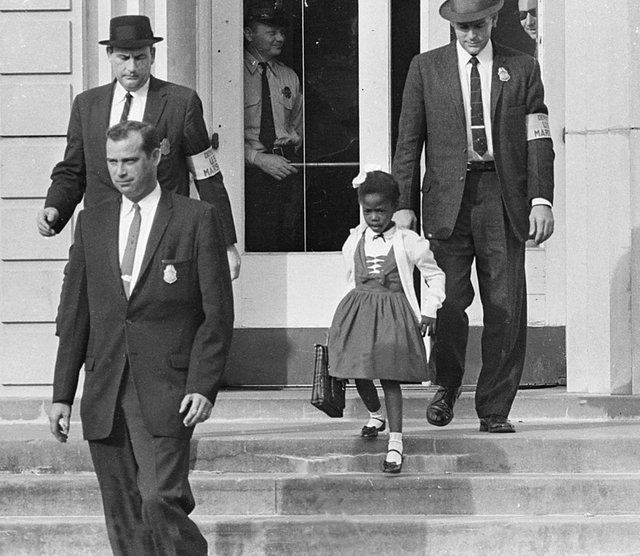A FEMALE BLACK AFRICAN ACHIEVER
Ruby Bridges was the first African-American child to attend an all-white public elementary school in the American South.
WHO IS RUBY BRIDGES ?
Ruby Bridges (born September 8, 1954) was six when she became the first African-American child to integrate a white Southern elementary school on November 14, 1960, escorted to class by her mother and U.S. marshals due to violent mobs. Bridges' bravery paved the way for continued Civil Rights action and she's shared her story with future generations in educational forums.
Early Life
Ruby Bridges grew up on the farm her parents and grandparents sharecropped in Mississippi. When she was four years old, her parents, Abon and Lucille Bridges, moved to New Orleans, hoping for a better life in a bigger city. Her father got a job as a gas station attendant and her mother took night jobs to help support their growing family. Soon, young Ruby had two younger brothers and a younger sister.
The fact that Ruby Bridges was born the same year that the Supreme Court's Brown v. Board of Education decision desegregated schools is a notable coincidence in her early journey into civil rights activism. When Ruby was in kindergarten, she was one of many African-American students in New Orleans who were chosen to take a test determining whether or not she could attend a white school. It is said the test was written to be especially difficult so that students would have a hard time passing. The idea was that if all the African-American children failed the test, New Orleans schools might be able to stay segregated for a while longer. Ruby lived a mere five blocks from an all-white school, but she attended kindergarten several miles away, at an all-black segregated school. 
THE FIRST BLACK CHILD IN A DESEGREGATED SCHOOL
In 1960, Ruby Bridges' parents were informed by officials from the NAACP that she was one of only six African-American students to pass the test. Ruby would be the only African-American student to attend the William Frantz School, near her home, and the first black child to attend an all-white elementary school in the South.
When the first day of school rolled around in September, Ruby was still at her old school. All through the summer and early fall, the Louisiana State Legislature had found ways to fight the federal court order and slow the integration process. After exhausting all stalling tactics, the Legislature had to relent, and the designated schools were to be integrated that November.
Fearing there might be some civil disturbances, the federal district court judge requested the U.S. government send federal marshals to New Orleans to protect the children. On the morning of November 14, 1960, federal marshals drove Ruby and her mother five blocks to her new school. While in the car, one of the men explained that when they arrived at the school, two marshals would walk in front of Ruby and two would be behind her.
When Ruby and the federal marshals arrived at the school, large crowds of people were gathered in front yelling and throwing objects. There were barricades set up, and policemen were everywhere. Ruby, in her innocence, first believed it was like a Mardi Gras celebration. When she entered the school under the protection of the federal marshals, she was immediately escorted to the principal's office and spent the entire day there. The chaos outside, and the fact that nearly all the white parents at the school had kept their children home, meant classes weren't going to be held.
OVERCOMING OBSTACLES
Near the end of the first year, things began to settle down. A few white children in Ruby's grade returned to the school. Occasionally, Ruby got a chance to visit with them. By her own recollection many years later, Ruby was not that aware of the extent of the racism that erupted over her attending the school. But when another child rejected Ruby's friendship because of her race, she began to slowly understand.
By Ruby's second year at Frantz School it seemed everything had changed. Mrs. Henry's contract wasn't renewed, and so she and her husband returned to Boston. There were also no more federal marshals; Ruby walked to school every day by herself. There were other students in her second grade class, and the school began to see full enrollment again. No one talked about the past year. It seemed everyone wanted to put the experience behind them.
Ruby Bridges finished grade school, and graduated from the integrated Francis T. Nicholls High School in New Orleans. She then studied travel and tourism at the Kansas City business school and worked for American Express as a world travel .
Hi! I am a robot. I just upvoted you! I found similar content that readers might be interested in:
https://www.biography.com/people/ruby-bridges-475426